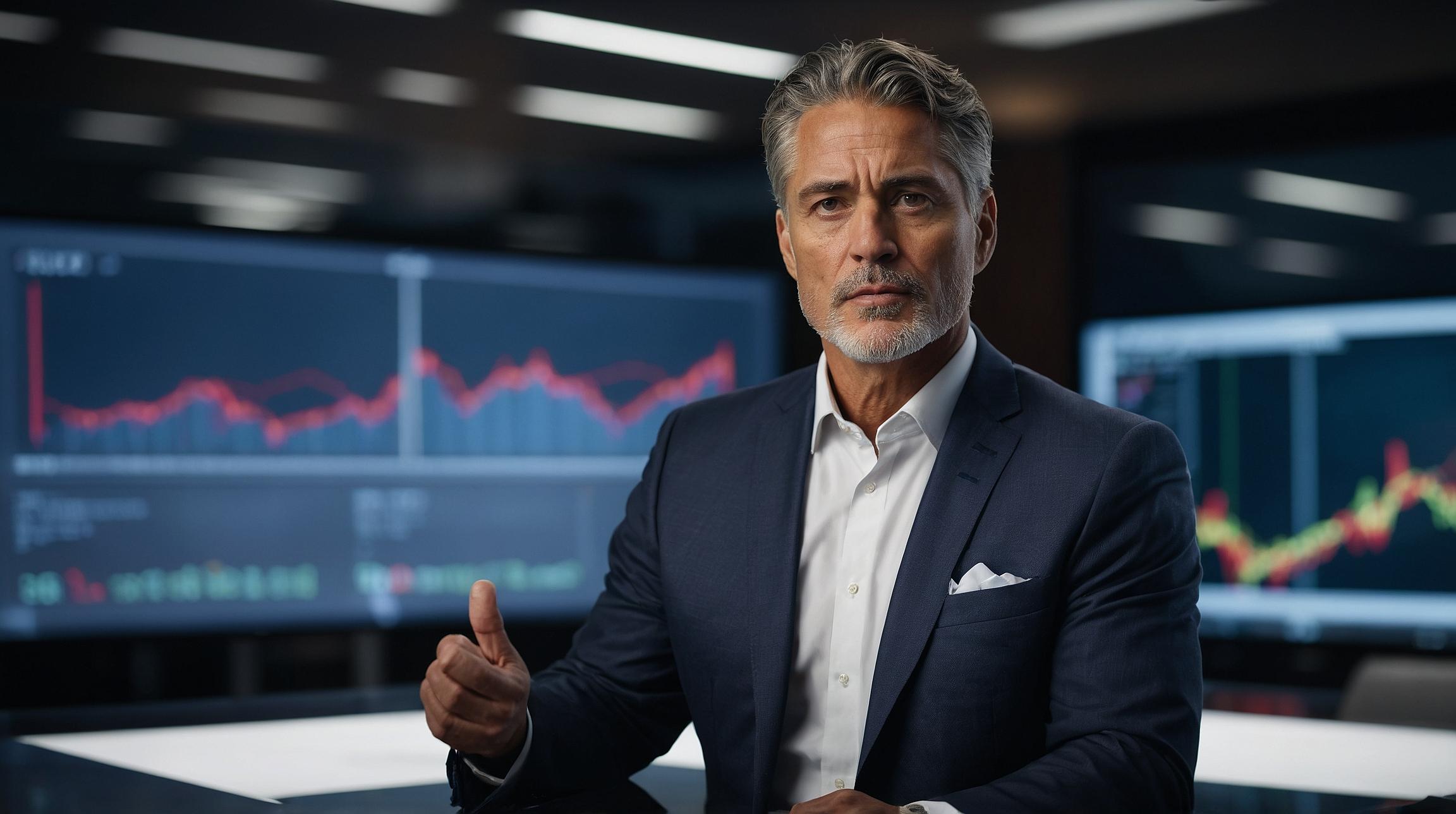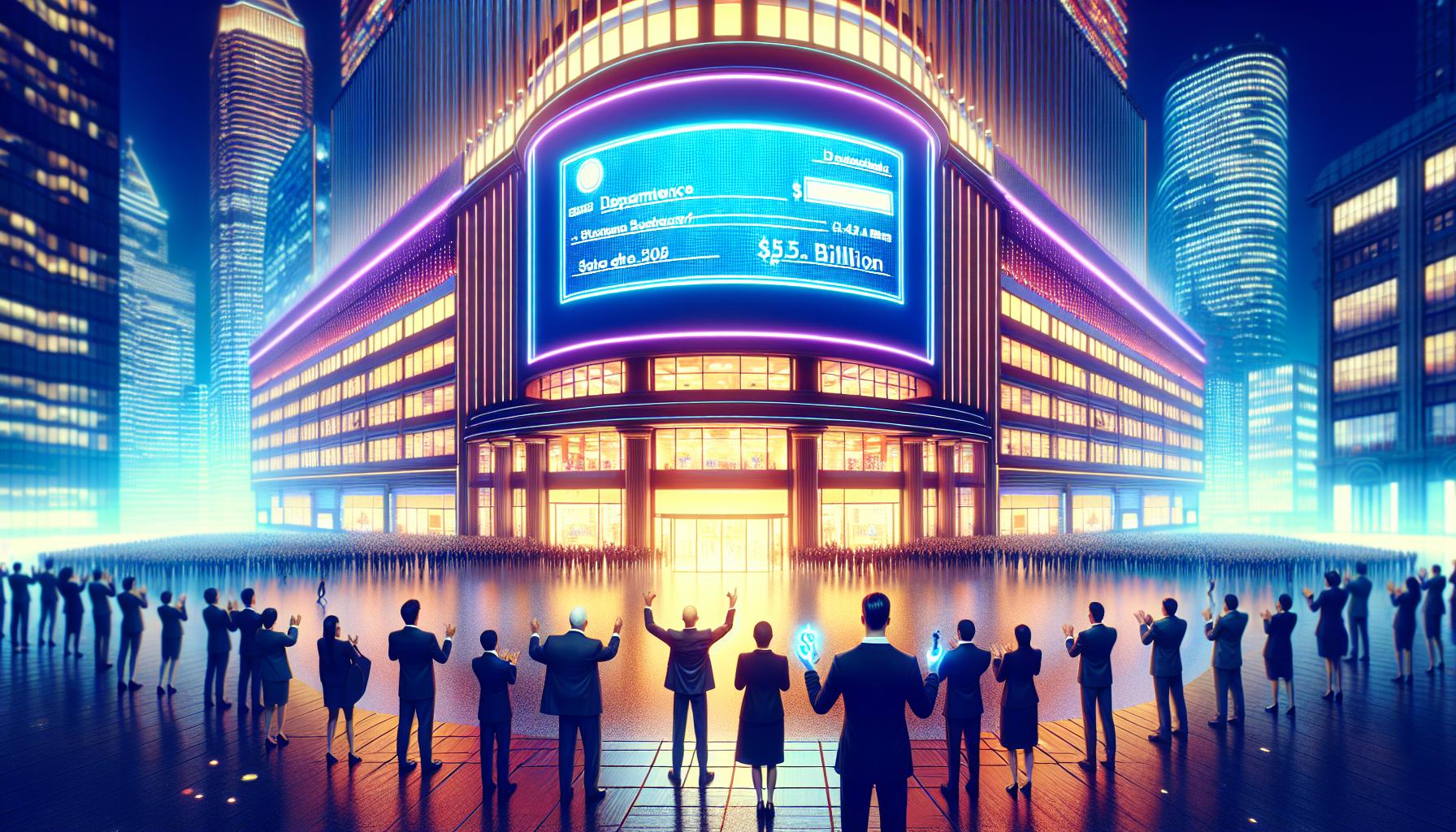Starbucks CEO Brian Niccol Marks One Year with Mixed Progress Amid Ongoing Transformation
Brian Niccol’s first year leading Starbucks has brought visible changes but also ongoing challenges as the coffee giant seeks to regain its footing amid shifting consumer habits and internal pressures. Since taking over in September 2024, Niccol has pursued a strategy focused on returning Starbucks to its roots as a welcoming ‘‘third place’’ for customers, while addressing operational inefficiencies and labor concerns.
Customer Loyalty Tested Amid Rising Costs and Service Shifts
Longtime Starbucks customer Tony Dennis, who had visited the chain daily for two decades, left the brand last year citing declining service quality and rising prices. His experience reflects a broader trend of customers drifting away amid the pandemic and increased competition from newer chains like Dutch Bros. and 7 Brew. Despite these challenges, some customers, including Dennis, have returned after recent improvements in store ambiance and service.
Niccol’s approach emphasizes hospitality, with initiatives such as reinstating handwritten messages on cups and reintroducing condiment bars to foster a more personalized experience. However, these changes have met mixed reactions from baristas, some of whom find the additional tasks burdensome, especially in understaffed locations.
Operational Overhaul and Workforce Changes
Niccol’s tenure has seen significant executive turnover and restructuring. Key leadership roles have been filled by former colleagues from Taco Bell and Chipotle, reflecting Niccol’s preference for trusted collaborators. The company also reduced its corporate workforce by approximately 1,100 employees in early 2025 to streamline operations.
Labor relations remain a critical issue. Starbucks has faced unionization efforts by baristas frustrated with understaffing and inconsistent schedules. In response, the company launched the ‘‘Green Apron Service’’ program, which includes additional labor hours, new staffing roles, and technology to improve service speed and customer engagement. While some baristas criticize the program’s effectiveness, Starbucks reports lower employee turnover and higher job satisfaction compared to industry averages.
Financial Performance and Investor Sentiment
Starbucks’ stock has declined 7% since Niccol’s appointment, reflecting investor skepticism about the speed and scope of the turnaround. Same-store sales and traffic have yet to return to pre-pandemic levels, and the company suspended its annual financial forecast through 2025, citing transitional uncertainties. Analysts caution that margin pressures from increased labor investments could deepen before improvements materialize.
Despite these concerns, Niccol highlights positive developments, including record U.S. sales weeks during recent seasonal promotions and growing customer re-engagement both within and outside the Starbucks Rewards program. The company plans to unveil more details about its financial targets and long-term strategy at an investor day scheduled for early 2026.
Strategic Focus on China and Future Innovations
Starbucks is actively exploring strategic partnerships for its China business, its second-largest market, which has struggled to regain momentum post-pandemic amid stiff local competition. The company has attracted interest from over 20 potential partners, with valuations around $5 billion for the China unit. Niccol envisions significant expansion in the region, potentially increasing store count from 8,000 to as many as 30,000 over time.
Looking ahead, Starbucks plans to renovate approximately 1,000 U.S. stores by the end of 2026, enhancing seating and ambiance. Niccol also aims to refine the Starbucks Rewards program to foster deeper customer engagement beyond discounts. Additionally, product innovations such as improved pastries are in development.
Outlook
While Niccol’s leadership has initiated meaningful changes, the path to a full turnaround remains complex and protracted. Customer experience improvements and operational refinements are underway, but persistent challenges in sales performance, labor relations, and competitive pressures require ongoing attention. Investors and stakeholders will be closely monitoring Starbucks’ progress and strategic disclosures in the coming months.
FinOracleAI — Market View
The news presents a neutral short-term market impact. While Starbucks shows signs of operational improvement and customer re-engagement under Brian Niccol’s leadership, persistent sales declines and labor challenges temper optimism. The increased labor investments and lack of clear near-term financial guidance introduce margin risks. Investors should watch for progress on same-store sales growth, union negotiations, and clarity from the upcoming 2026 investor day to better assess the turnaround’s trajectory.
Impact: neutral













